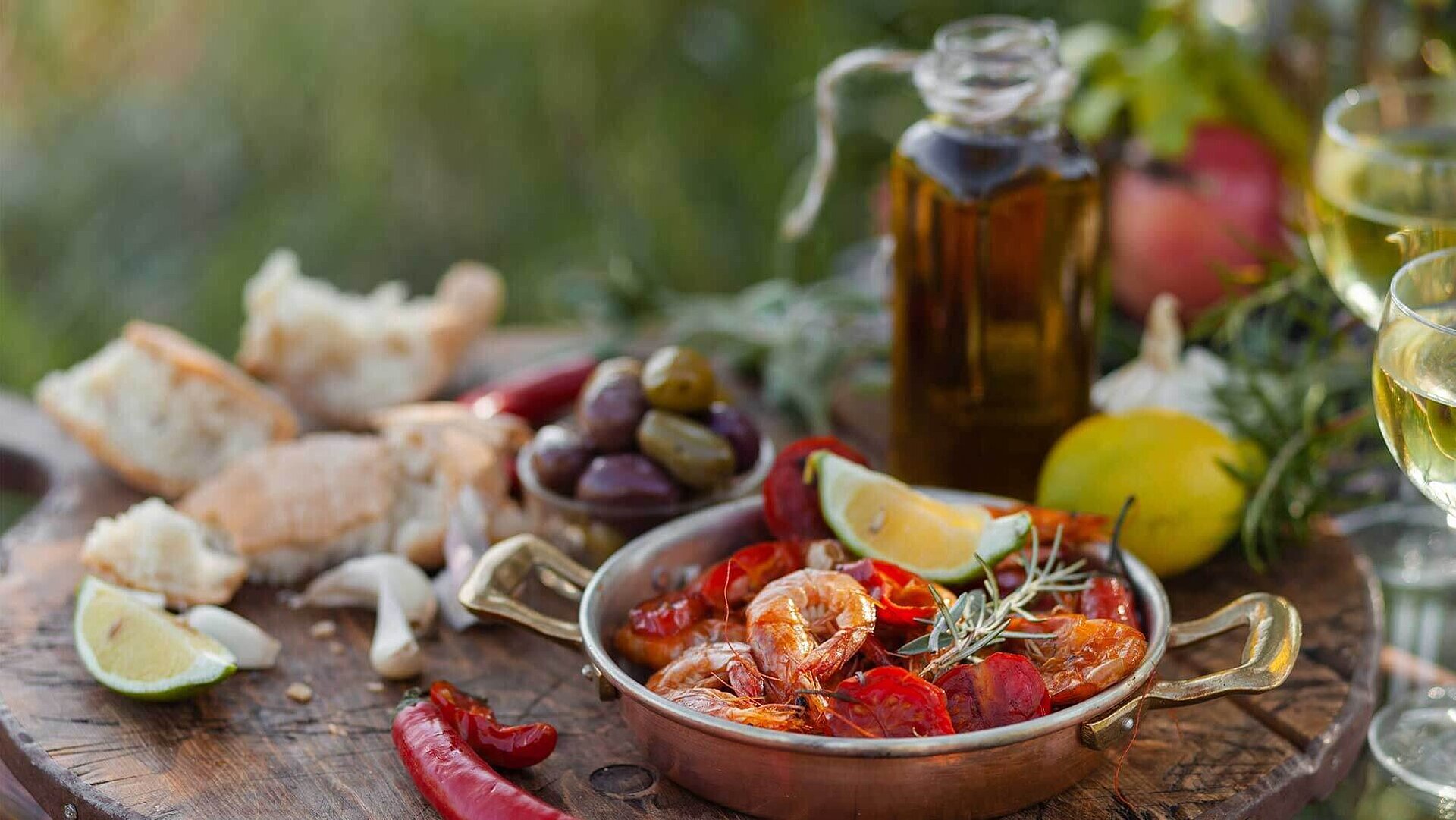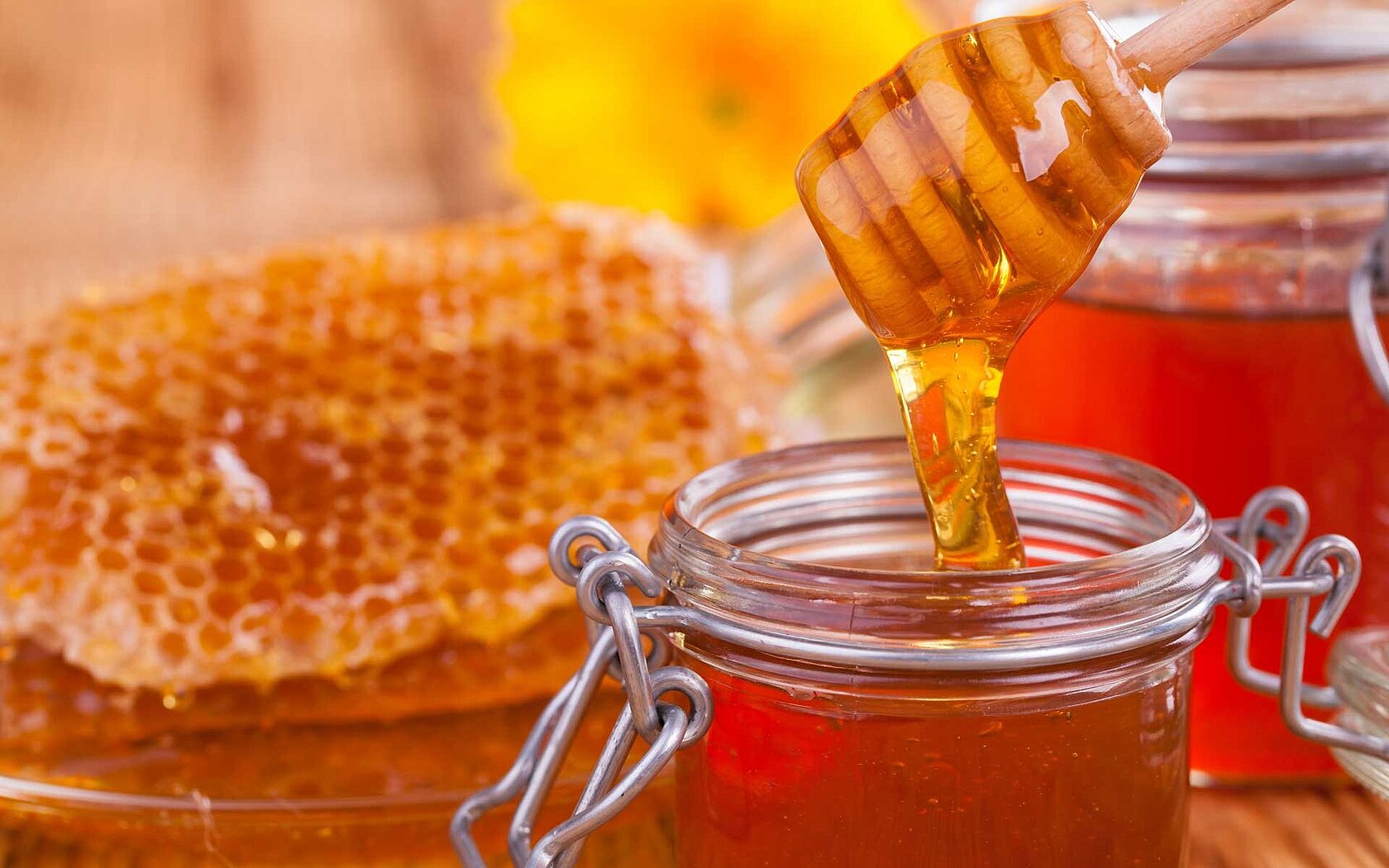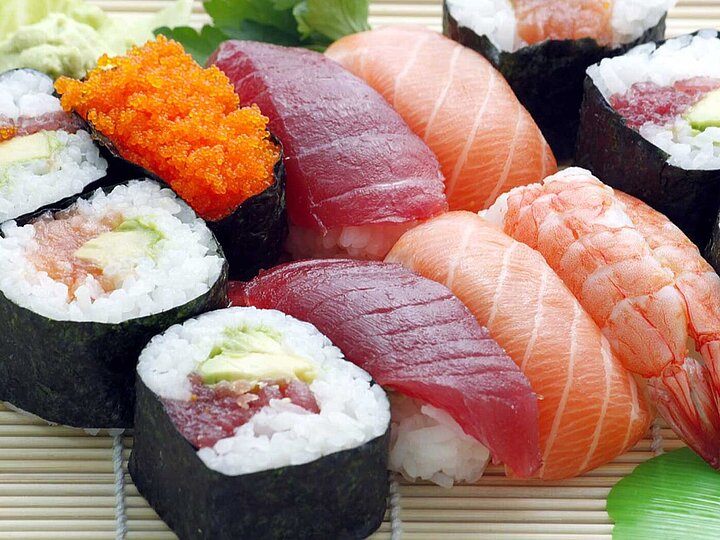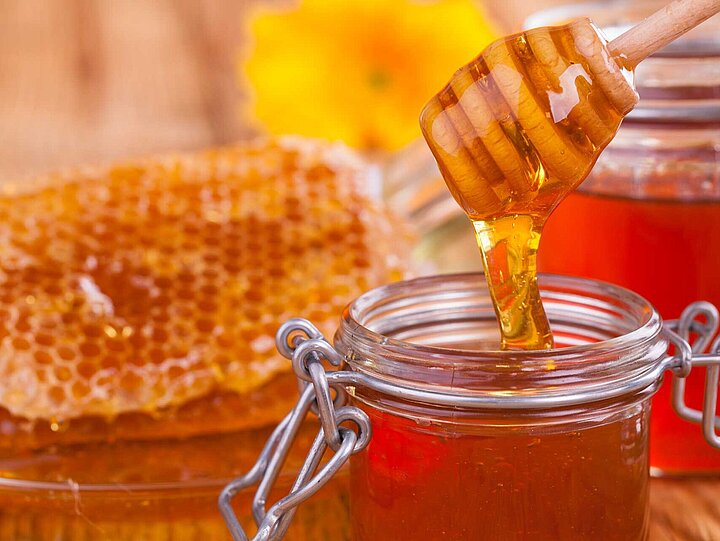Is our food really what it says it is?

Nutritional values are written on the side of food packaging, as are ingredients and allergens. On a water bottle, you even get to see levels of evaporated solids and trace elements. This gives us a good idea of what we’re eating and drinking. But what about stable isotopes? Measuring the ratios of these non-radioactive isotopes can tell us the difference between an authentic product and one that has been adulterated or that comes from much further afield than expected. Isotope ratio mass spectrometry (IRMS) is used to determine the unique chemical signature of various products and component elements, giving us greater insight into the foods which we consume.
Many food products have a unique isotopic fingerprint that allows them to be distinguished from analogues. IRMS can be used to visualize this fingerprint. This is Mike Seed’s area of expertise. He’s a Strategic IRMS Marketing Manager at Elementar UK and specializes in stable isotope measurements.
When manufacturers or suppliers misrepresent the contents of food products to their advantage, it is called food fraud. Isotope ratio mass spectrometry (IRMS) helps detect and determine food fraud.

How to detect food fraud
"How can you tell where water really comes from?," Seed asks, provocatively. "It's always constituted of hydrogen and oxygen and is chemically identical throughout the universe," he explains. "Where things get interesting is when we start to consider the processes that water has gone through in different environments. We can measure the ratio of a heavy isotope to a light isotope e.g. δ18O:δ16O, which is the unique result of different biological, chemical or physical processes. For example, the ocean at the equator is warmer than at higher latitudes. This means you have higher energies at the equator so the heavier isotope is more likely to go through a process of evaporation. So, equatorial precipitation is isotopically heavier than polar precipitation because relatively more of the heavier isotope has evaporated into the atmosphere and turned into rain. As you move to higher latitude (towards the North or South Pole), the ratio of isotopically light to heavy water changes based on how the water evaporates and that can tell us whether it comes from polar areas, the equator or somewhere in between."
So, IRMS can tell us if water is really an ‘artisan’ product from a tropical source or whether it’s bottled and filtered water from a municipal tap in northern Europe, for example. It goes beyond just water, however. IRMS gives us a unique understanding of the biogeochemical processes that occurred during the formation of the component elements in the products we consume. This is valuable not just in a scientific sense, but also in telling us whether the food we eat and drinks we enjoy are actually what they say they are.
There’s nowhere to hide
From Italian Parmesan cheese and French wine from Bordeaux to English Melton Mowbray pies or German Bratwurst, protected designations of origin don’t just provide consumers with information about what they are consuming, they are also the fundamental elements of internationally renowned food and drink brands. Food fraud costs the world economy billions of dollars every year. From horsemeat dressed up as beef to fake extra virgin olive oil, there has been no shortage of headlines about unscrupulous practices that dent consumer confidence and cost people money. In that context IRMS is a valuable tool for brands to prove their provenance and ensure that their supply chains are delivering ingredients they can trust.
Premium food products are most at risk of fraud.
Mike Seed

"I love stable isotopes analysis because of the range of applications we can cover," Seed comments. "Many cases of food fraud are related to premium products where there is a greater economic incentive to deceive the consumer. Let’s take truffles for example. Their flavor profiles can be created in a laboratory and a blind taste tester would be none the wiser as to whether they were tasting authentic or synthetic truffles. Stable isotopes analysis can tell you exactly whether what you’re eating was found by a farmer and his dog or made in a test tube. Stable isotope analysis is really all that stops the fraudsters from boosting their profit margins by illegaly deceiving consumers."
What are you made of?
Given recent shifts in tastes to less mass produced and more organic and sustainable food, IRMS is invaluable in helping both companies and consumers. "Food products that are created naturally and with high quality processes deserve to be protected," Seed says. "The people who make them also deserve to benefit from the work that they’ve put in, often over generations." Yet it’s not always easy to apply isotope measurement across the board in products that sometimes have dozens of ingredients. "In Japan, for example, there are discussions about including the origin of all ingredients on food labels," Seed outlines. "This would mean that if a piece of bread was made in Japan with Canadian wheat, it would need to be specified and tested for." Despite the challenges, IRMS can contribute towards greater transparency and security for food.
Do not miss any new articles
NEWSLETTER
We will constantly publish new blog articles. Register for our newsletter to stay up-to-date and get informed about latest blog articles, news and trends.




